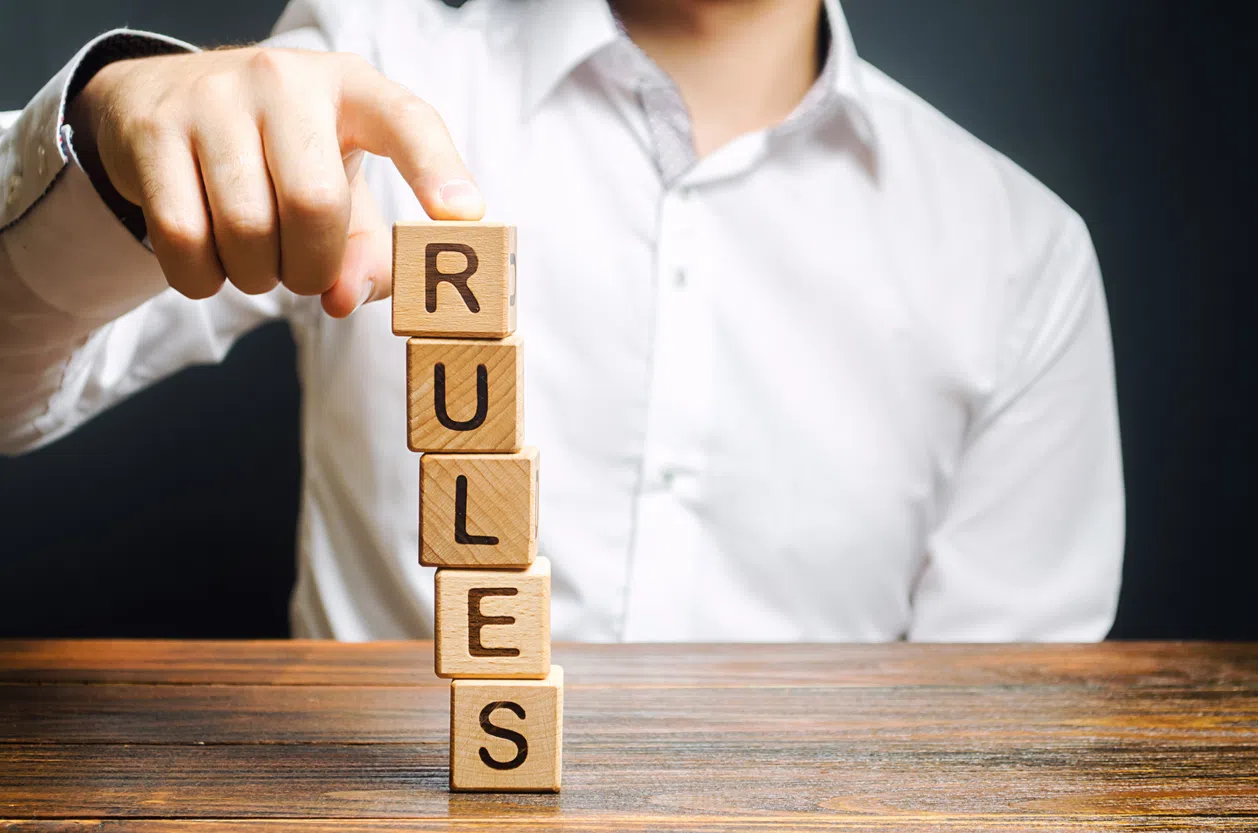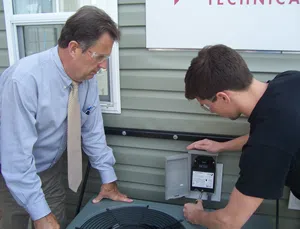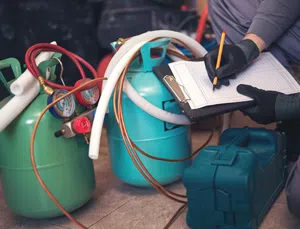It’s the fourth quarter in the Super Bowl, your team is down 21 points with only a few minutes remaining and they see their dreams quickly fading away. Knowing the difficulties it took to get to this point, they don’t give up and fight harder than ever before.
Miraculously, your team finds a way to make the impossible possible. With 10 seconds remaining in the game, they find themselves down by only three points, with a first down on the opponent’s one-yard line, poised for victory.
Then, it happens. The referee blows his whistle and announces that there is a new rule in place that has shortened the quarter from 15:00 to 14:50.
The game is declared over and your team has lost!
The coach appeals to the referee, stating that the team has invested so much time and energy in this game, and questions how the rules can be changed so close to the end of the game, especially without notice.
This is a true story, however, it’s not about football. It’s about American businesses that have invested billions of dollars to comply with United States regulations (rules), only to have those rules changed at the end to favor foreign competitors.
U.S. companies that manufacture products for the HVACR industry have worked for 30 years to create chemicals used as refrigerants that are safer for people and the environment.
They adhered closely to the regulations provided by the U.S. government, only to have the government change the rules in the fourth quarter.
Not only did the rules change in the final seconds of the game, these changes will now cost American companies billions of dollars. Yes, BILLIONS with a B! That is, unless we do something about it.
Our Responsibility
The HVACR industry employs millions of individuals in various capacities including manufacturing, distributing, installing, servicing and training. HVACR improves our daily lives by providing a climate-controlled environment at home, work or while we travel. HVACR also allows us to store food for extended periods of time through refrigeration.
Over time, scientists learned that many of the chemicals used in air conditioning and refrigeration systems (CFC and HCFC refrigerants) were harmful to people and the atmosphere.
As a result, in 1987 President Ronald Reagan asked the United States Senate to ratify the Montreal Protocol, an International Treaty (signed by 197 countries) to regulate chemicals harmful to the Earth’s atmosphere.
The HVACR industry, understanding the rules laid out by the treaty, began the research and development process to create new chemicals (HFC refrigerants) that would help regenerate the earth’s ozone layer.
These HFC refrigerants do not harm the Earth’s ozone layer. Scientists, however, through collecting data, learned that HFCs are greenhouse gasses that contribute to the warming of the planet.
Armed with this data, 197 countries agreed that HFC refrigerants were unsafe and signed a treaty to phase them out. After years of research and billions of dollars invested, the HVACR industry developed new refrigerants (HFO) that are safe for the environment and human health.
New Regulations
Armed with this innovation, the EPA established new regulations to phase out the old HFC refrigerants.
Now finding themselves about to cross the goal line, ready to release these new, safe refrigerants, the rules were changed in the fourth quarter as a foreign company from Mexico successfully sued the EPA to stop the ban on HFC refrigerants.
The foreign company found a creative argument to change the rules to fit their needs based on the definition of a singular word: Replace.
This industry has asked Scott Pruitt, the EPA administrator, to appeal the court ruling. The administration has the power to appeal the decision. Regardless of the administration’s stance on the environment, if they’re serious about protecting U.S. jobs and U.S. workers, they must appeal this decision. Failure to appeal will only support foreign competition that desires to continue to sell their products, that are not as environmentally safe as the new products developed by their U.S. counterparts.
Jobs & Environment
The U.S. HVACR industry followed the rules and 1) created new refrigerants, 2) developed new equipment and tools compatible with these refrigerants and 3) modified workforce training to meet these new regulations.
At the goal line ready to create new U.S. manufacturing jobs and protect the environment, the rules were changed.
If we want our country to be great, we need to support U.S. companies. Companies that have invested in new technologies, that are better for the environment, and will produce new U.S. jobs.





